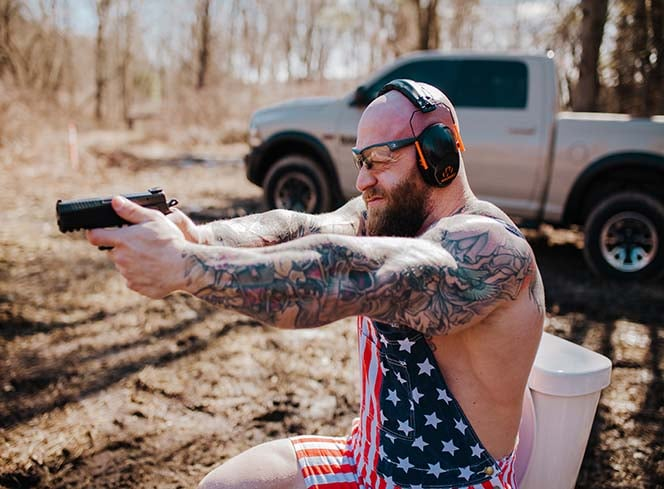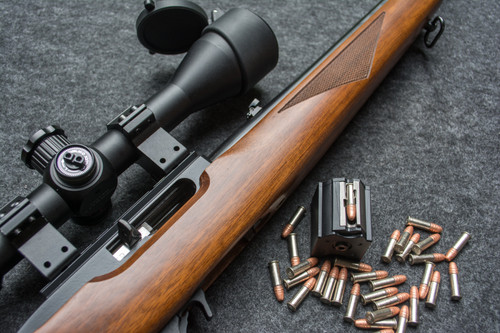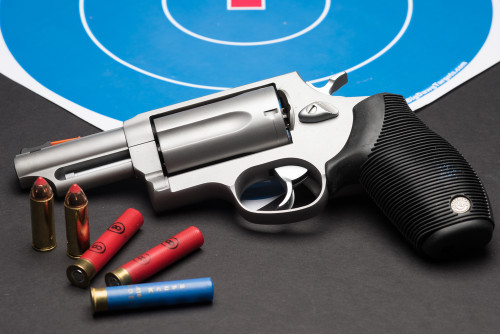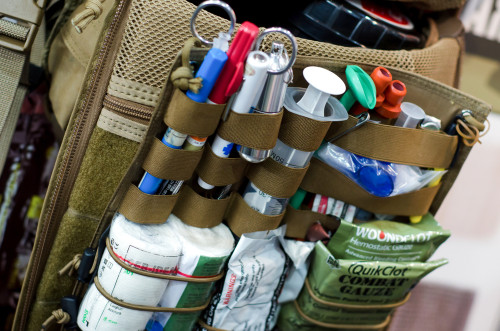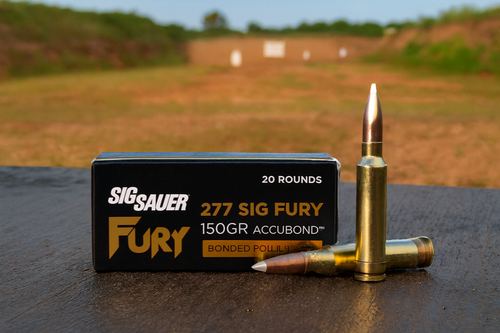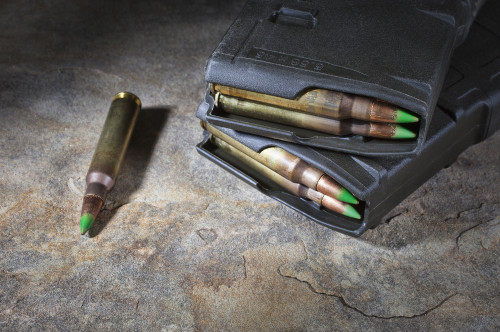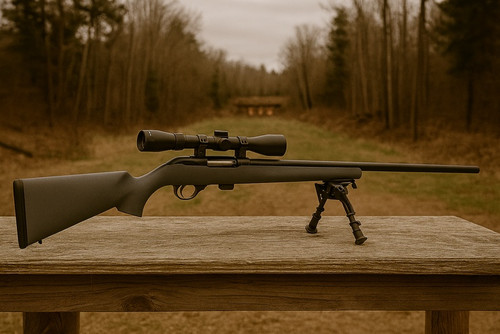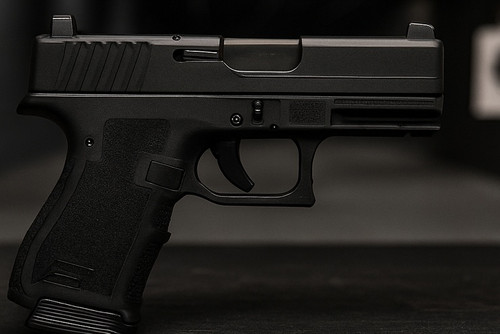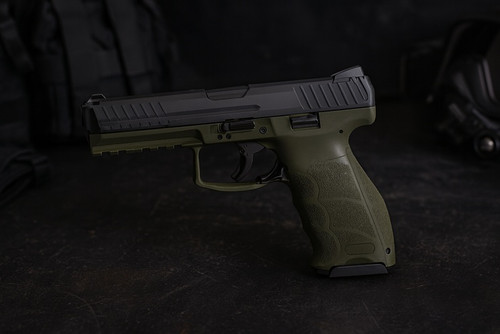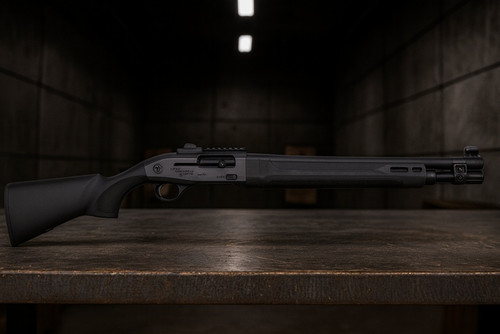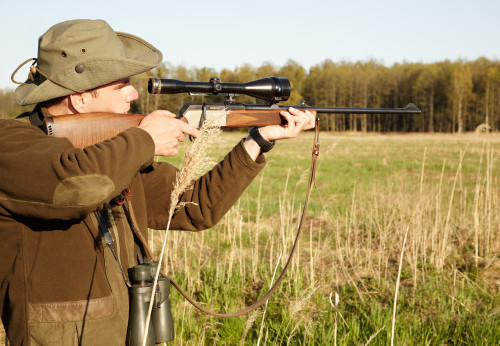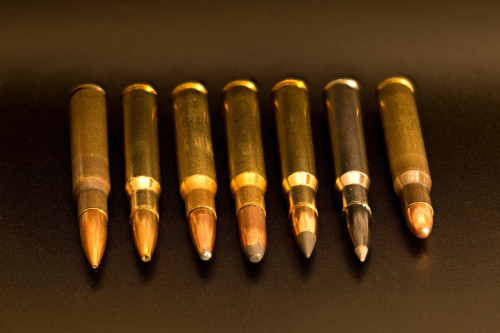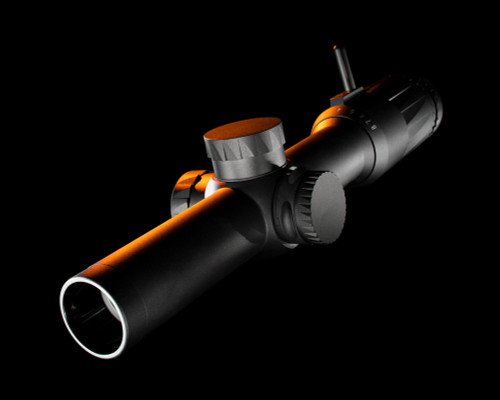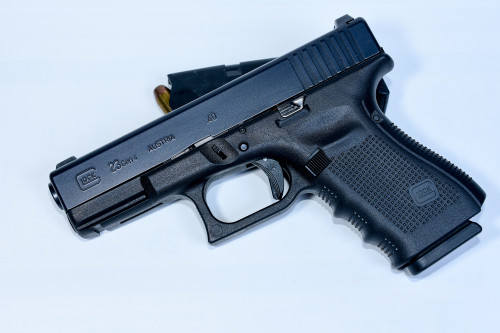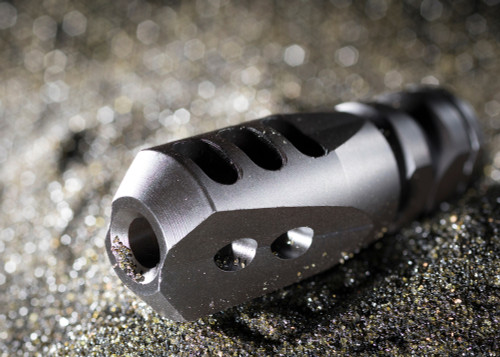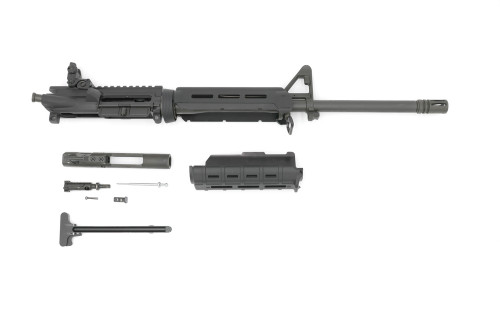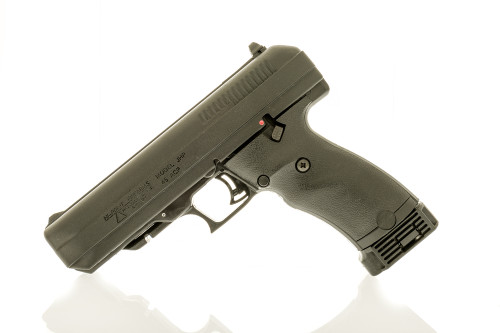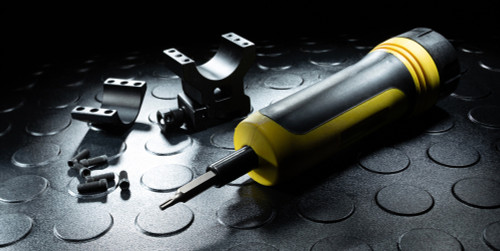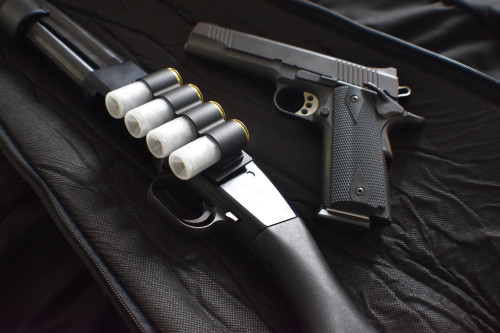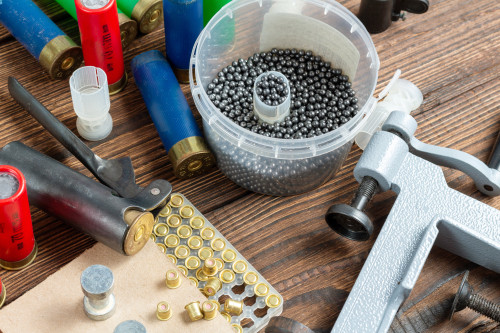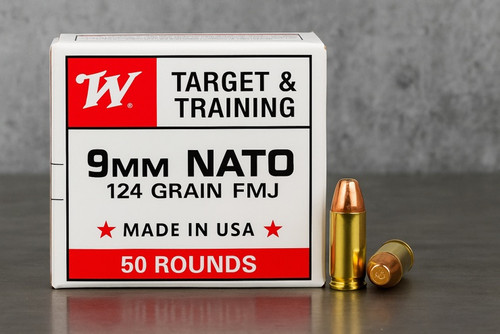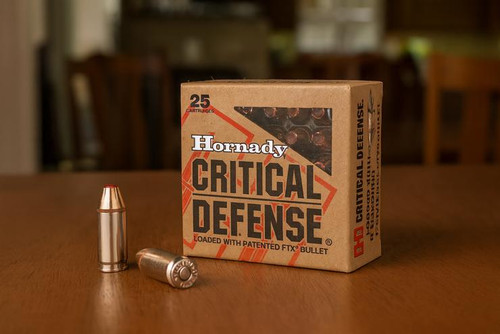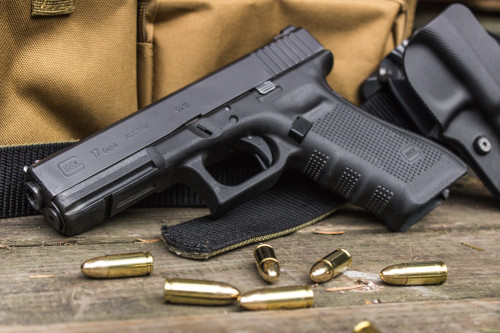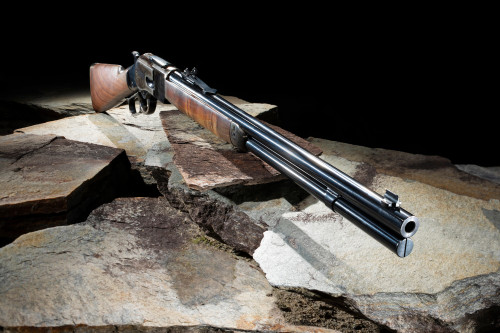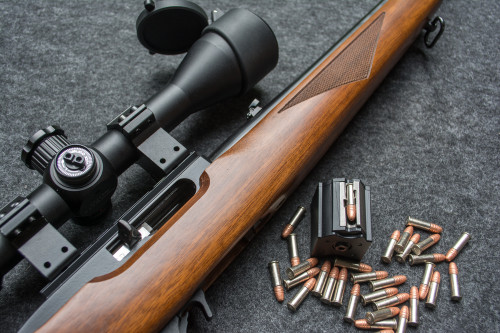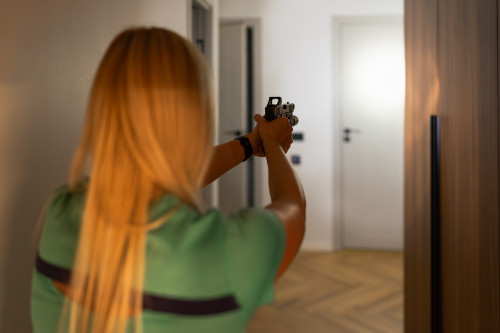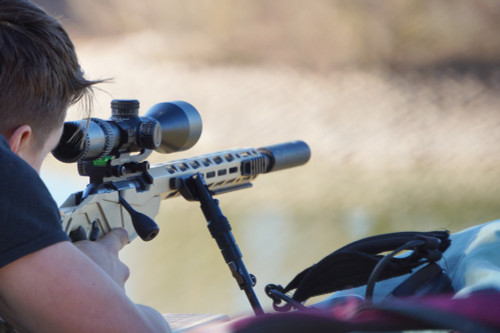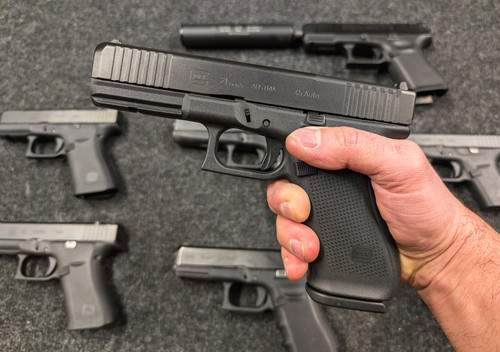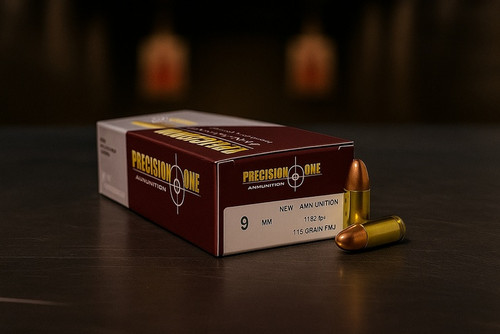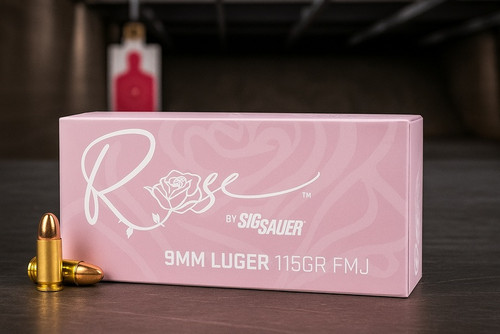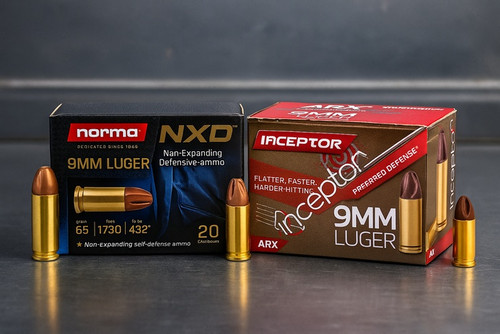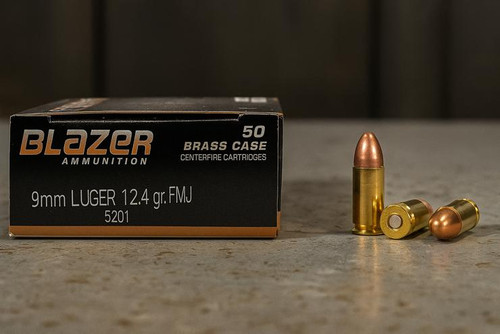Have you ever stood at the ammo counter, confused by all the different names for what seems like the same bullet? You're not alone. The 9mm round goes by many names - 9mm Luger, 9×19, and Parabellum - leaving many gun owners scratching their heads. Let's clear up this confusion once and for all and explore the fascinating story behind these names.
The 9mm cartridge ranks among the most popular ammunition types in the world. It's used by police forces, military units, and everyday people who own guns. But the different labels can make buying ammo confusing.
Is 9mm Luger the same as 9×19? What about Parabellum? Do these different names mean different bullets? These questions pop up all the time, even for people who have owned guns for years.
In this article, we'll explain these terms, trace their origins, and look at various 9mm rounds. By the end, you'll know exactly what to ask for at the gun store.
Where Does 9mm Luger Come From?
The story begins with a man named Georg Luger. This Austrian firearms designer finalized the design in 1901, but development began earlier, around 1898–1899. . The following year, German manufacturer Deutsche Waffen- und Munitionsfabriken (DWM) introduced it to the market.
Georg Luger didn't just create the ammunition - he also designed the famous Luger pistol that paired with it. This connection gave the round its name. The Sporting Arms and Ammunition Manufacturers' Institute (SAAMI) adopted the name “9mm Luger” as the standard U.S. commercial designation, aligning with trademark familiarity and standardization rather than as an official tribute to Luger.
Across the Atlantic, another organization called the Commission Internationale Permanente pour l'Epreuve des Armes à Feu Portatives (CIP) named it "9 mm Luger" - notice the space between 9 and mm. These slight differences in naming show how even official organizations can't agree on one standard name!
The round became famous because it worked so well. It offered good stopping power with manageable recoil in a compact package. These qualities made it perfect for military and police use.
What About 9x19mm Parabellum?
The name "9x19mm Parabellum" comes from DWM - the original manufacturer. This was their official designation from the start.
But why "Parabellum"? The term comes from DWM's company motto: "Si vis pacem, para bellum." That's Latin for "If you seek peace, prepare for war." The pistol itself was called the Pistole Parabellum or Parabellum-Pistole.
So both names - 9mm Luger and 9x19mm Parabellum - refer to the exact same cartridge. One name honors the designer, and the other comes from the manufacturer's motto. That's it! No difference in the actual ammunition.
The "9x19" part simply describes the bullet's dimensions - a 9mm diameter bullet in a 19mm case. This naming convention helps distinguish it from other 9mm rounds with different case lengths (which we'll discuss later).
Talk About 9x19mm Variants

Even though 9mm Luger and 9x19mm Parabellum are the same basic cartridge, several variations exist. These variants offer different performance characteristics for specific purposes.
9mm +P
The "+P" marking indicates a high-pressure load. These rounds contain more gunpowder than standard 9mm cartridges.
According to SAAMI specs, standard 9x19mm rounds operate at 35,000 psi, while CIP standards list the maximum average pressure at approximately 34,084 psi (2,350 bar). The +P rounds bump that up to 38,500 psi under SAAMI guidelines — about 10% higher pressure. This increase creates higher velocity and energy and so the bullet hits harder.
This extra punch makes +P ammo popular for self-defense. But caution is needed! Not all guns can handle +P ammunition. Always check your gun's manual before using these high-pressure rounds. Using +P ammo in guns not rated for it can damage your firearm or even cause dangerous failures.
9mm +P+
Taking it a step further, "+P+" ammunition is an informal designation that implies pressure even higher than regular +P loads but is not a universal standard. Here's the catch — SAAMI doesn't list an official pressure standard for +P+ ammunition, and manufacturers do not always publish exact pressure specifications.
This lack of standardization means pressure levels can vary between manufacturers. That's why +P+ rounds should only be used in firearms specifically rated for such high-pressure loads. These rounds are less common and mainly used by certain law enforcement agencies.
9mm NATO
NATO standardized their own 9mm round for military use. The 9mm NATO round operates at 36,500 psi - higher than standard 9mm but lower than +P.
NATO STANAG 4090 specifies a 124-grain full metal jacket (FMJ) as the standard projectile. . And thanks to the Hague Convention, which bans expanding bullets in warfare, NATO rounds use full metal jacket bullets.
These military rounds function fine in most commercial firearms designed for 9mm, but they do put more stress on the gun than standard-pressure loads.
Other 9mm Rounds

Now let's look at some completely different cartridges that share only the 9mm bullet diameter with 9x19mm Parabellum.
9×18mm Makarov
The Soviet Union developed this round as their standard pistol cartridge during the Cold War. You could call it the Soviet equivalent to the Western 9x19mm Parabellum.
Despite the name, the bullet diameter actually measures about 9.2mm - slightly larger than 9x19mm bullets. The shorter case (18mm vs 19mm) means less powder capacity and lower pressure.
Today, 9x18mm Makarov sees limited civilian use, primarily in surplus handguns and for self-defense in countries where 9mm Luger is restricted. Its ballistic performance falls short compared to 9x19mm, which limited its adoption in Western countries.
9×18mm Ultra
This German round appeared in 1936 but didn't catch on until the 1970s when Walther released the PP Super pistol for the West German Police. In 1975, civilians could finally buy it too.
Other guns followed, including the Sig Sauer P230. But after Walther discontinued the PP Super in 1979, interest faded. You can still find this ammunition online, but it remains a niche round for collectors.
9mm Browning (.380 ACP)
Known as .380 ACP in the United States, this round is called "9 mm Browning Court" in CIP terminology—not to be confused with "9 mm Browning Long," which is a separate cartridge. With case dimensions of 9x17mm, it's the shortest of our 9mm family.
John Moses Browning designed this round in 1908, and it saw significant use both before and during WWII, especially in compact military pistols like the Walther PP, PPK, and FN 1910. Its peak civilian popularity arguably came later in the 20th century. The famous Walther PPK pistol, carried by James Bond, uses this cartridge.
Today, .380 ACP remains popular for compact pistols. The shorter case means less power than 9x19mm, but it also creates less recoil. Therefore it is easier to shoot in small handguns.
9×21mm IMI
Some countries ban civilians from owning military service cartridges, including 9x19mm. Enter 9x21mm, designed specifically to get around these restrictions.
Italian ammo maker Jager created this round, and later Israel Military Industries (IMI) began producing it on a larger scale. It's particularly popular in Italy, where civilian ownership of 9x19mm remains restricted.
Though never gaining much traction in the U.S., 9x21mm sees use in practical shooting competitions. Its rimless design makes it less prone to feeding problems, an important feature for competitive shooting.
9×23mm Winchester
As a newcomer introduced in 1996, 9x23mm Winchester targeted competition shooting. It offered two main advantages: higher magazine capacity and higher pressure.
When used with compensators, these rounds produced less muzzle flip, helping competitors stay on target for faster follow-up shots, but recoil energy is still significant due to the cartridge's high operating pressure of 55,000 psi But production delays, changes in competition rules, and strong competition from established cartridges kept 9x23mm Winchester from becoming mainstream.
Even More 9mm Calibers
The rabbit hole goes deeper! Other 9mm cartridges include the 9×57mm Mauser rifle round, the 9×39mm Russian subsonic rifle cartridge, and the 9mm Japanese revolver round.
Most of these are no longer in regular production. So it makes them rare finds, especially in the U.S. These obscure rounds mainly interest collectors and history buffs today.
Final Thoughts
So what's the difference between 9mm, 9mm Luger, and 9×19 Parabellum? Nothing at all! These three names refer to the exact same cartridge.
The different names come from history and tradition rather than technical differences. Most people say "9mm" for simplicity, gun manufacturers often use "9mm Luger" to match SAAMI specifications, and military folks might say "9x19mm Parabellum" for precision.
Understanding these distinctions matters beyond just terminology. If you own a firearm chambered for 9mm Luger/9x19mm Parabellum, you should know which variants (+P, NATO, etc.) your gun can safely handle. Always check your owner's manual before using anything other than standard-pressure ammunition.
And if you're ever confused at the gun counter, remember: 9mm = 9mm Luger = 9x19mm Parabellum (with rare exceptions in antique or foreign-labeled firearms). But .380 ACP, 9x18mm Makarov, and other 9mm rounds are completely different cartridges that won't work in your 9mm Luger firearm.
Understanding the history and variations of 9mm cartridges helps put the caliber in context, but the real-world question is choosing the best load for your needs. For more insight, see our breakdown on whether 9mm ammo choice really matters and our guide to the best 9mm self-defense ammo. Together, they’ll give you the practical knowledge to pair with the history you’ve learned here.
Frequently Asked Questions
1. Are 9mm, 9mm Luger, and 9x19mm Parabellum the same ammunition?
Yes, these three terms refer to exactly the same cartridge. The different names come from historical sources - Luger from the designer, Parabellum from the manufacturer's motto, and 9x19mm from the bullet dimensions.
2. Can I use 9mm NATO rounds in my standard 9mm pistol?
Most modern 9mm pistols can handle 9mm NATO ammunition, which operates at slightly higher pressure than standard 9mm. However, continuous use may cause faster wear on some firearms. Check your gun's manual to be certain.
3. What does the +P marking on 9mm ammunition mean?
The +P designation indicates ammunition loaded to higher pressure than standard rounds. These rounds deliver more velocity and energy but produce more recoil and wear on your firearm. Only use +P ammunition in guns specifically rated for it.
4. Will .380 ACP/9mm Browning ammunition work in my 9mm Luger pistol?
No. Despite both having 9mm diameter bullets, .380 ACP (9x17mm) and 9mm Luger (9x19mm) are different cartridges. The shorter .380 case won't properly headspace in a 9mm Luger chamber, and attempting to use it could be dangerous.
5. Why do some countries ban 9x19mm Parabellum for civilian use?
Some countries restrict civilian ownership of military service cartridges. Since 9x19mm Parabellum serves as a standard NATO and military round worldwide, it falls under these restrictions. That's why alternatives like 9x21mm were developed.
6. How can I tell if my firearm can safely use +P or +P+ ammunition?
Check your owner's manual - it should clearly state which ammunition types are safe. If you don't have the manual, contact the manufacturer or consult a qualified gunsmith. Using overpressure ammunition in guns not designed for it can cause catastrophic failures.




 Pro Armory Editorial Team
Pro Armory Editorial Team